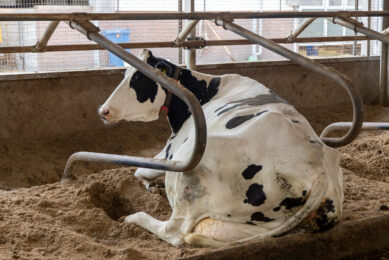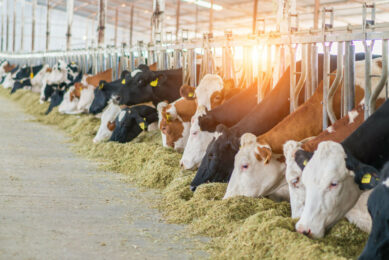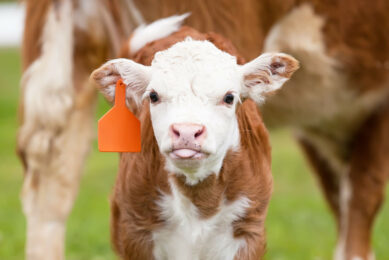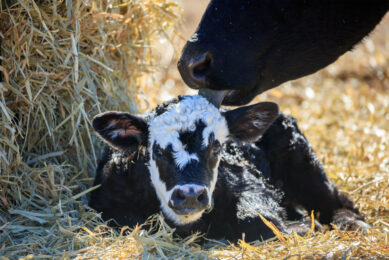What makes a good lying area for dairy cattle?
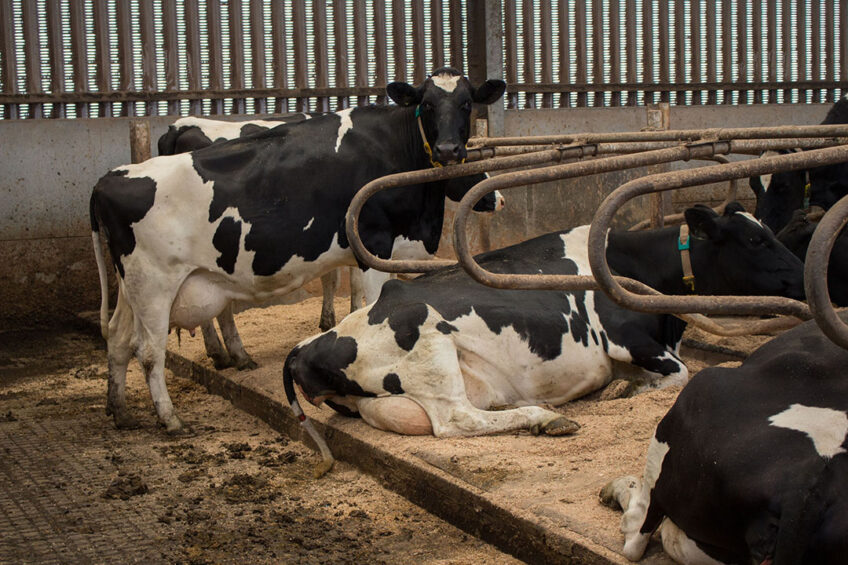
Dairy cattle have a natural need to lie down and a good rule to use is that they should lie down for at least half the day. With a longer lying time comes many advantages.
Longer lying time means more time for the cattle to ruminate, have cleaner hooves and better hoof health. Cows with their own lying area also have more blood flow to the udder and therefore increased milk production.
What makes a comfortable cow area?
When evaluating the comfort of the lying area, there are several things to look out for. There may be cases where the resting area may not always be optimal. The main goal is to always have enough space so all the animals can lie down comfortably at the same time. We often see that despite the fact that all animals can truly lie down at the same time, in some cases, cubicles or other lying areas are not comfortable. This can be observed in the behaviour of the animals – if the cubicles are not good we often find the animals standing longer than is acceptable and this can be an indication that the lying area is not good enough because cattle are actually quite lazy by nature and prefer to lie down if it is at all possible.
Cows that are standing halfway in the cubicles are signaling that the environment is not optimal for them. A simple rule to follow is that there should only be few animals that are not ‘doing anything’ i.e., not getting milked, eating, drinking or lying down. Deviations from this can be a sign of too little access to good and comfortable areas in the barn. This could be reduced access to the feeding table, too little feed, lack of access to water, too little space in general, or unfavourable bedding areas.
All animals should have access to a soft lying area
In general, dairy farmers should provide their cattle with a soft, dry, clean and draft-free lying area. For most farmers I know this is the case for their dairy cows, but not always for the youngstock. The bedding area should be designed in such a way that the animal can stand, lie down and stand up in a normal way. Then, the lying area must be long and wide enough so that the animals can lie there normally.
Benefits of longer lying time
The lying time for cows can vary and is usually from 9-14 hours, depending on the comfort of the lying area. There are indications that the lying time can influence milk production by several litres daily. In general, the softer the resting area is, the better.
When I am asked for recommendations on bedding materials, I always lean towards sand bedding, if that is at all possible. Secondly, I would go for multi-layer mattresses with good straw bedding. The main thing here, no matter the material choice, is to do a proper daily maintenance check to keep the resting area soft and dry. Damaged, wet or dirty resting areas make the bedding unattractive and can, among other things, increase the risk of sores, mastitis, poor milk quality and dirty animals.
The knee-test
As mentioned, we should always provide a soft lying area. A simple way to test that is the so called knee-test. In order to assess the resting area, it is recommended to drop to the knees in the lying area. If it is uncomfortable for the person doing the knee-test, it is an indication that the surface is uncomfortable for the cattle. It is also important to be aware that if the walking area seems more attractive to the animals to lie on than a sleeping area, then something should be done. Of course we will always see 1 or 2 animals that do this. It is more a concern if we see many animals showing this strange behaviour.
What your cows are telling you
Another thing you can do to check if the environment for the cattle is good is to monitor the movement of them and if they move normally. What could cause this can be different from farm to farm but, often, the reason for incorrect movement around the resting area for cows are aspects like slippery surface or the neck rail could also be too far back or too low. Other things that could be causing this are cubicles that are too short. A healthy cow should not take more than 6 seconds to stand up. If it takes longer than that, it indicates that something is wrong. The same goes for a cow that has decided to rest – if she is taking a long time to find the right position to lie down, she is ‘telling’ you there is something wrong.
Join 13,000+ subscribers
Subscribe to our newsletter to stay updated about all the need-to-know content in the dairy sector, two times a week.



